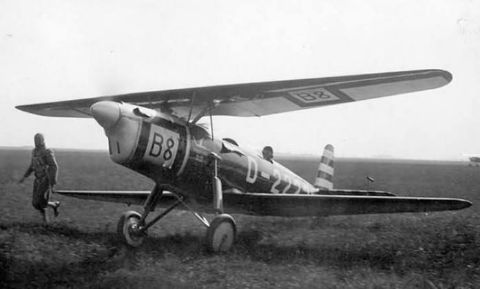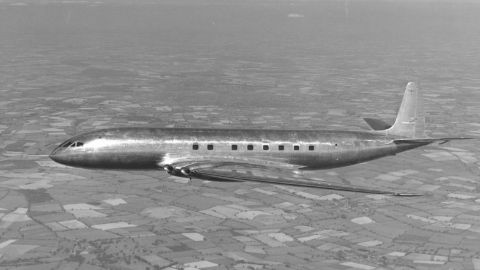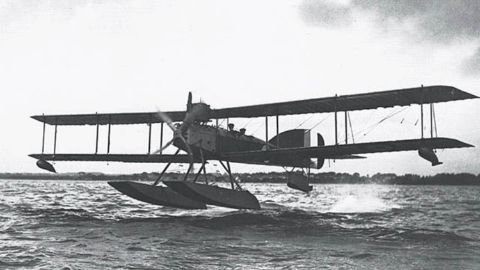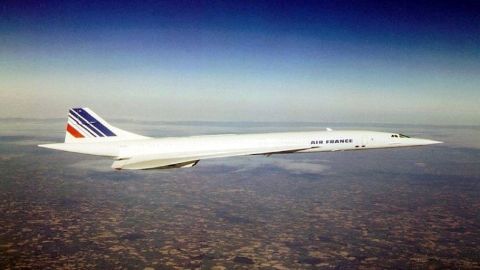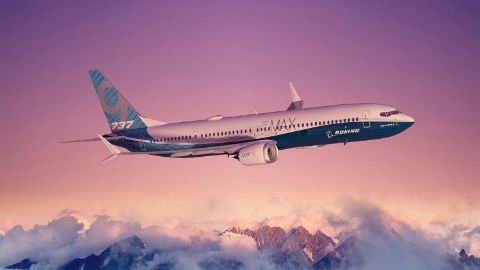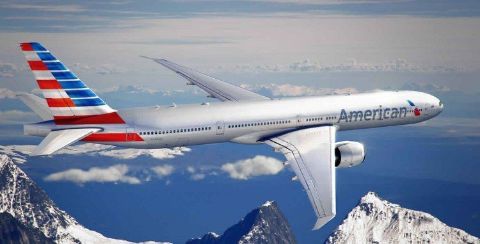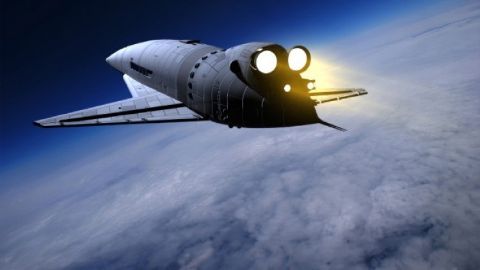The Amazing World Of Aviation • 2009 • 12 episodes • 11h:14m
When the Wright brothers successfully took to the sky in 1903, the world paid attention. Civil aviation has since developed into a multi-billion dollar industry. We look at the incredible history and development of civil aviation in this series. From ailed beginnings through to modern marvels such as the Boeing 787, we present 13 themed episodes suitable for all audiences.
This program looks at the beginnings of flight, with innovators such as Benjamin Franklin and Leonardo DaVinci coming up with new ways to give man wings, and chronicles the invention of hot air balloons, Zeppelins, box kites, and of course the story of the most influential aviation inventors of all - Wilbur and Orville Wright.
1/13 • 2009 • Technology
To fly an early airplane required skill, courage and a sense of adventure. The advent of the movie camera meant that their exploits could be broadcast to every corner of the globe, and recorded for posterity. The pilots of Germany, France and Britain who were able to master combat flying in time to prevent an early death were known as "Air Aces".
2/13 • 2009 • Technology
The decades following the First World War saw aircraft designers pushing the boundaries of aeronautical technology, moving the industry forward at a rapid pace. With new commercial markets opening up, it was the visionaries who held the key to success. Each invention promising a future filled with endless possibilities.
3/13 • 2009 • Technology
The years following the First World War saw flying take off as serious business. Previously unimagined opportunities opened up, among them, skywriting and sightseeing tours. Flying became a bigger feature of life all around the world, not just as a novelty "adventure" for rich people but as a mode of transport available to just about anyone.
4/13 • 2009 • Technology
Seaplanes saw the dawn of the aviation industry as they could accommodate large numbers of passengers between continents, and only required a smooth body of water to land. Since the 1920's, advances in floatplane technology saw metal hulls introduced, a cantilevered design and single engine. Seaplanes continue to be an extremely popular mode of transportation.
5/13 • 2009 • Technology
Airlines began to spring up everywhere, catering to the demands of passengers wanting to go just about anywhere, but the flights were only domestic at the time. Pre-war travel was sold as a luxury experience afforded only by the rich, but post war, the emphasis was on comfort and customer service for both the rich and middle class.
7/13 • 2009 • Technology
In the early years, air fields were more concerned with utility than comfort with the first passengers becoming used to enduring the elements as they walked out to their flight. As the popularity of air transport increased, cities recognized the need to provide better service to passengers, and airports grew in design, to become the hub of activity and convenience they are today.
8/13 • 2009 • Technology
Britain and France collaborated to build the world's first Concorde, a jet that could traverse the Atlantic in just 3 hours, at twice the speed of sound. The all-metal Trident jet was a popular choice for airlines but couldn't compete with the glamour and allure of the Concorde
9/13 • 2009 • Technology
The Boeing 737 twin-engine jetliner was to become Boeing's greatest success. It had one of the lowest approach speeds of any jet transport, a great asset when landing at smaller airports with shorter runways. It also required minimum equipment for use in refueling. However, despite all its advantages, the 737 was soon overshadowed by the new, improved 747 Jumbo Jet.
10/13 • 2009 • Technology
Traditionally, regulators had insisted that all passenger aircraft be powered by at least three engines. But the development of more sophisticated airplanes eventually made twin-engine, long-distance travel feasible. A new standard was introduced, known as Extended-range Twin-engine Operational Performance Standards, or ETOPS.
11/13 • 2009 • Technology
The Boeing 787 according to its manufacturers is a revolution in air travel. Similar to the Airbus A380, the plane is made from carbon fiber reinforced plastics and aluminum glass fiber materials which are lighter and more resistant to fatigue. It is one of many planes that have been developed to reduce the carbon footprint while improving space, comfort and entertainment for its passengers.
12/13 • 2009 • Technology
The buzzword in the space industry now is tourism. Private companies have moved into space research, with the philosophy that the best way to extend man's reach into space is to promote it as a tourist destination.
13/13 • 2009 • Technology


